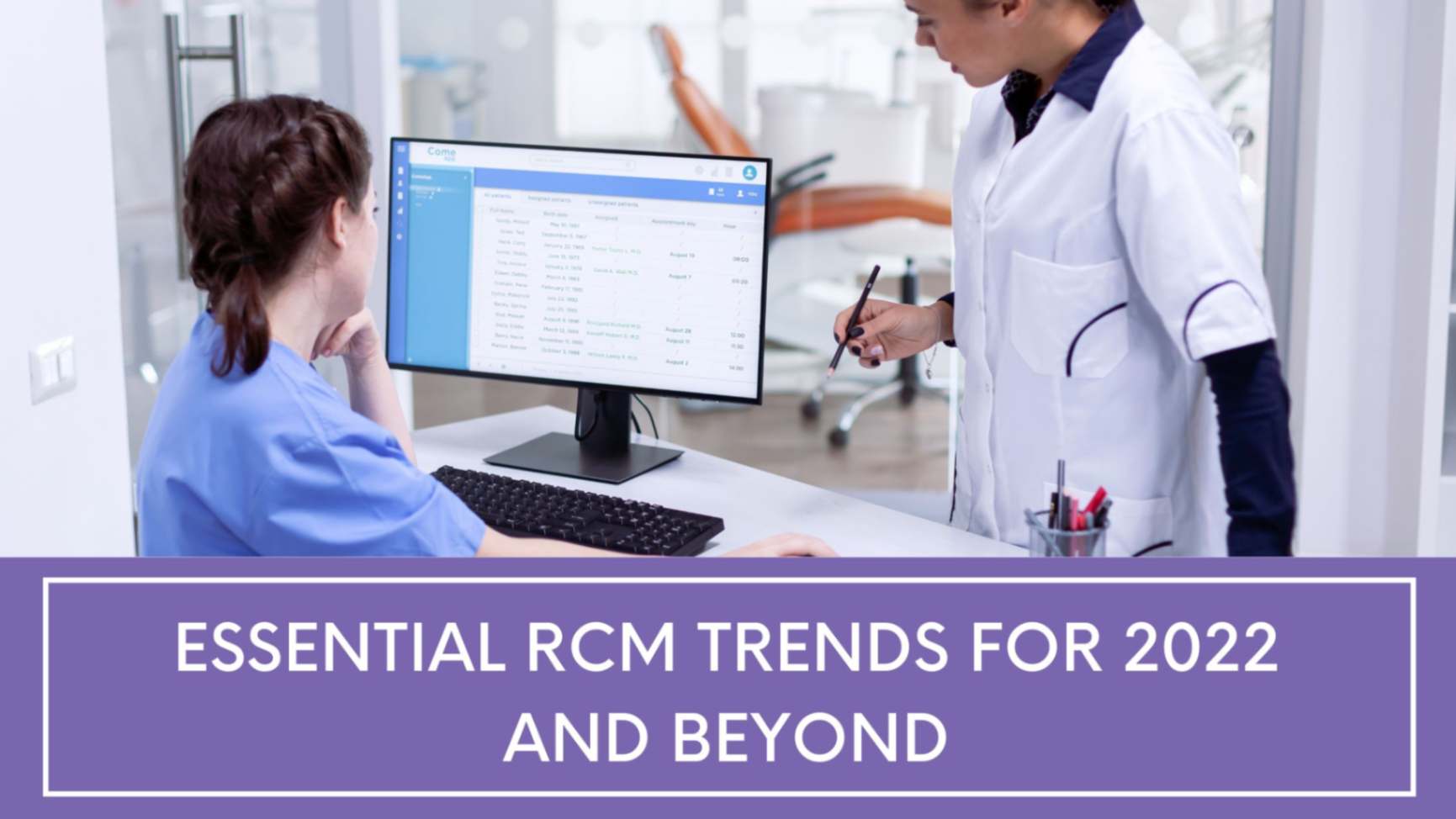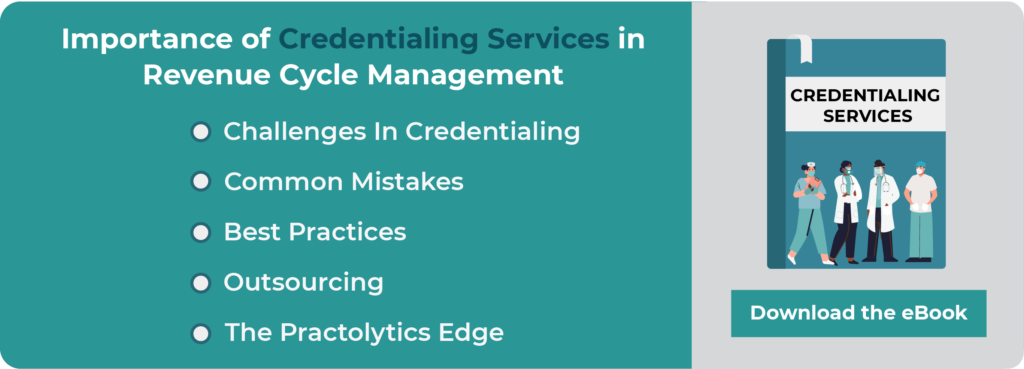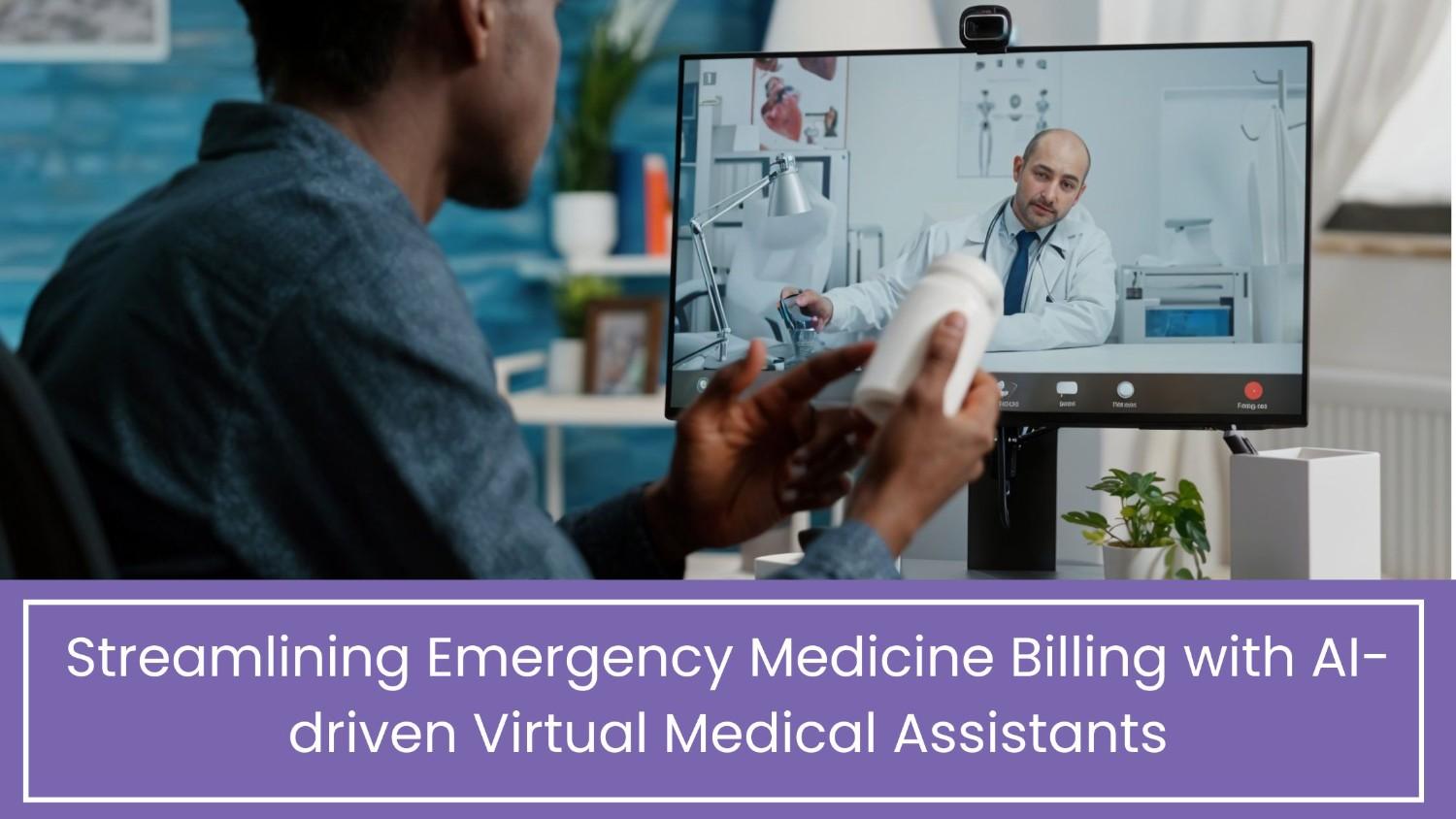Essential RCM Trends for 2022 and Beyond
Times have changed, and the aspects that could bring in some momentum to the revenue cycle market has radically shifted to automation, technology, patient engagement, recuperation, and such. And post COVID-19 pandemic, this impact was expanded largely throughout hospitals and healthcare sectors.
Hospitals are currently functioning on critically tight revenue margins which has made it crucial for them to attain maximum out of the revenue stream. This situation brings about the efficiency of technology and innovations to the light, allowing revenue cycle managers to enhance the business outcomes.
Let us look into major trends in Revenue Cycle Management that have booked their place in the market for the longer run.
Table of Contents
Prior-Authorization and eligibility verification
Conventional healthcare systems lagged in the information exchange for updating insurance eligibility verification and prior authorization of patients. These are crucial steps to attain standardized documentation. With clearing houses into the picture, the modernized information exchange is emerging through API-driven advancements.
Patient Experience and Access
Patients must have quick and easy access to information regarding their treatment, co-pay and co-insurance requirements, the corresponding charges covered by their insurance payer; one of the major issues prevailing in the healthcare system to upgrading the services and patient experience.
With the emergence of new technologies, these challenges can be easily handled. Information on patient demographics, out-of-the pocket charges, co-insurances, insurance coverage, and payment plans through an Omni-channel information system, facilitating an enhanced patient experience for the longer run.
Efficient Front End
Front-end office is the first step for patients as they go into any practice. That’s where information gathering happens and most revenue managers understand the importance of a streamlined front-end office. All the issues regarding the RCM cycle must be rectified within the front-end office rather than stretching them to the back-end and addressing them later.
The front-end operations include prior-authorization, patient registration, patient demographics, and collection of co-pays. The seamless improvement in these functionalities will effectively accelerate clinical documentation, revenue integrity, and denial management.
Automated Coding
The digital era is all about technology that doesn’t require any human involvement. The adoption of such technologies has been increasing at large in the past few decades. Not just that, the incorporation of advancements such as Machine Learning, Artificial Intelligence, Robotic Process Automation, and such will radically reduce the manpower costs.
Medical coding is one such area that is getting increased attention of technologies for standardization. Combining technology and coding will put off a huge burden for revenue cycle staff, thereby arresting huge levels of revenue leakages.
Telehealth Facility
Rooted from the emergence of the pandemic, telehealth has been a great hit. It delivers best patient care on an online platform without compromising on the quality of services provided. It significantly reduces cost for patient care and incorporates processes that can help boost the entire revenue cycle.
Accounts Receivables, Denials, and Prevention
Now that AR status has shifted from calls to portals, revenue streams are seen gaining a positive momentum. The relevancy of Chatbots using conversational AI has found its way into the filing for denials. Customizations of denial appeal files is another practice that is determined to stay for the long run for its increased efficiency.
Another aspect that has proven its efficiency for denial prevention is the ability of technology to identify prevalent issues in denials, find the root cause, and come up with solutions to rectify the same.
Underpayment issues
Revenue cycle process for hospitals and practices are bombarded with underpayment issues. These issues reflect negatively to the revenue streams, resulting in major revenue leakage. And that is why performance analytics has come for the rescue. It brings about actionable insights on the performance that are critical for businesses to function. The standardized KPIs brought in by the analytics helps enable precise performance updates and corrective actions if needed.
Working Remotely
During the pandemic outbreak, companies had declared work from home option for employees to adapt to the situation and at the same time keep the businesses stable. This model was necessitated as the situation demanded frequent lockdowns. But this also put revenue cycle managers on the line to find and implement technologies to monitor the RCM performances and manage the processes. However, the post-pandemic climate also prefers remote working due to the radical growth in the RCM workforce and efficiency in processing.
Involvement of Private Equities
There has been evidently a significant rise in the role of private equity in the healthcare sector. They bring in strategic plans and investments to restructure the already existing business and help them enhance their revenue streams. Most of the private equity investments are technology-led. In healthcare, the major investments are on improving patient experience, prior authorization, eligibility verification, credentialing, automated coding, and on large-scale offshore firms.
Provider Consolidation
With increased instances of provider consolidation, there is a subsequent rise in investments in areas including behavioural/mental health, wellness-centric treatments, urgent cares, home healthcare. This trend is expected to continue for some time as it has had a great impact on the practice revenue streams.
Manpower Shortage and Outsourcing
One of the major issues that prevails in the healthcare sector is the manpower shortage. This limitation in RCM processing has led practices to a systematic approach of outsourcing. This not only reduces the staff shortage and manpower expenses, but helps to bring in RCM expertise with proficient knowledge in the entire RCM cycle.
Conclusion
The past two years had been really crucial for healthcare sector in terms of business transformation. Year 2022 has brought together these drastic changes and set a path for the future years to follow. This year has pushed staff from all industries to think innovatively and build strategies for feasible frameworks, allowing revenue cycle staff to create flexible revenue cycle processes.
We at Practolytics keep a vigil on the latest industry trends and ensure our clients are on top of it to ensure all new innovations and technologies are adapted wherever necessary. Talk to our experts to understand more about the emerging trends in the Healthcare Revenue Cycle arena.
ALSO READ – Top 9 KPIs for Effective Revenue Cycle Management
Talk to Medical Billing Expert Today — Get a Free Demo Now!






